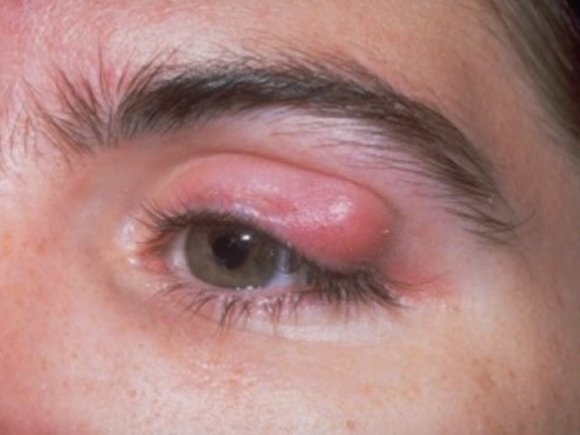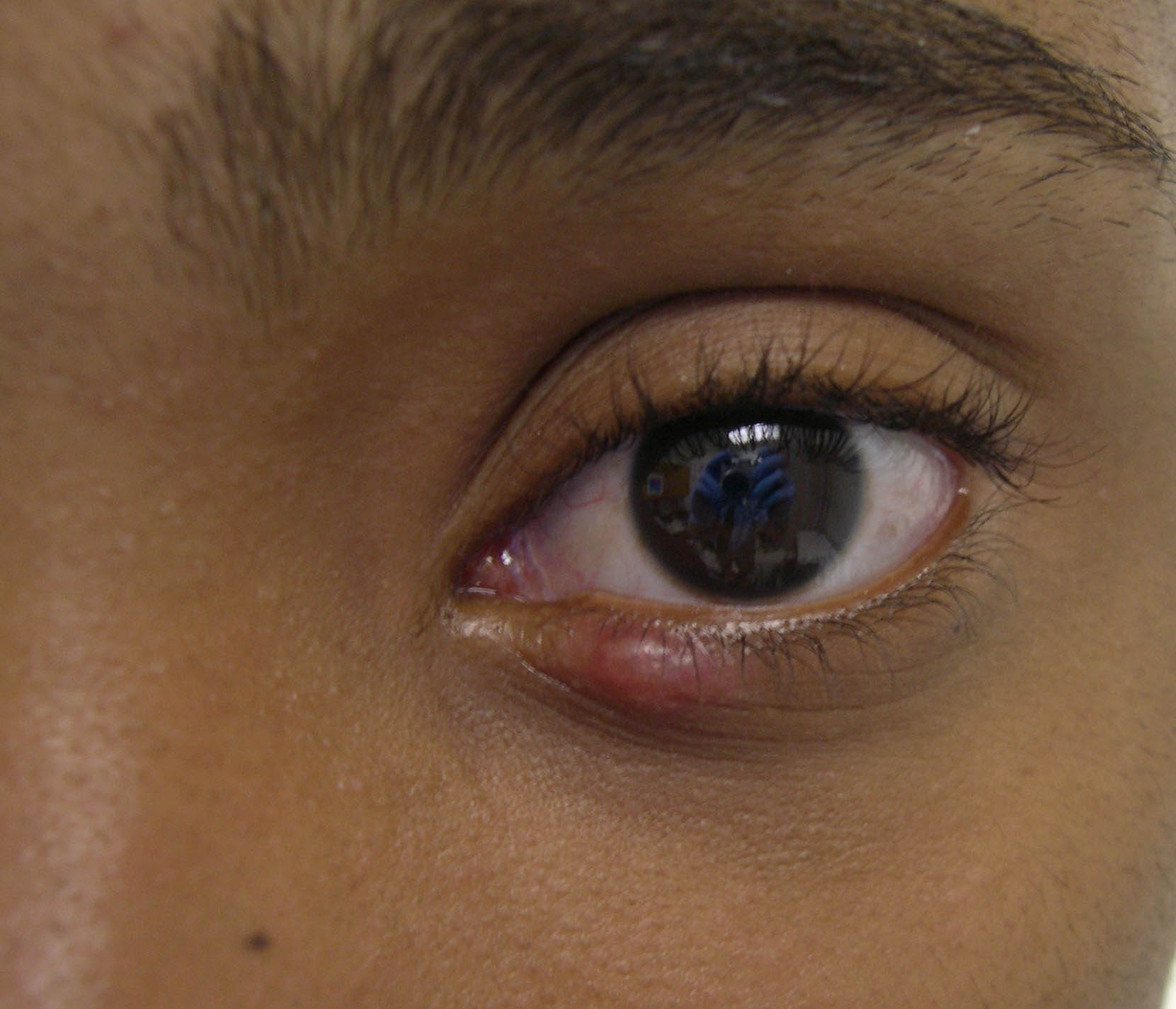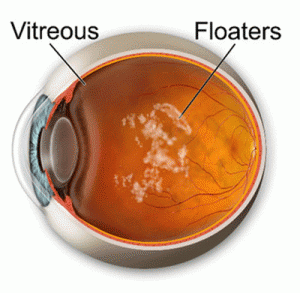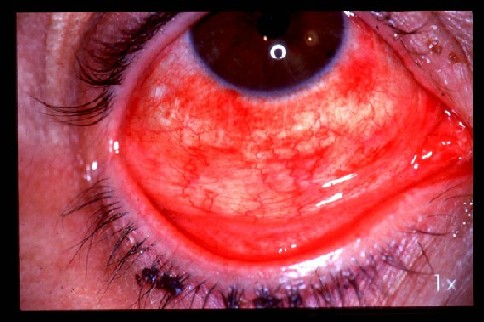Every service related industry has their “bread and butter” clients. These are the clients that occupy most of their time with the most common needs. Medicine is no different. Although I like to share stories with my family and friends about bizarre and interesting cases, most of my day is spent seeing lots of people with just a few common problems. I thought I’d share some of those problems and what you can do to begin treating them at home and maybe avoid a doctor visit.
#5 – Styes: So you feel a funny sensation in your eyelid, perhaps even pain. You touch it and the eyelid is swollen. It appears red in the mirror with a bump that has quickly gotten huge. You most likely have one of two things: a stye or a chalazion. A stye is an infection at the base of an eyelash follicle. It presents as a rounded, painful bump at the eyelash margin. It comes on fast and often spontaneously drains. Styes are actually not as common as their ugly stepbrother, the chalazion. A chalazion forms when the oil glands along your eyelid margin get plugged up and the oil has nowhere to go. It ends up getting backed up into the skin of the eyelid and forming a red, non-painful nodule. This nodule will be deeper within the eyelid away from the lash follicles. It is not an infection and won’t get better on antibiotics. Both of these are treated first with warm compresses and eyelid scrubs with baby shampoo or mild soap a few times a day. They have to be treated for a few weeks before they’ll go away. If they don’t drain and resolve on their own, you may have to have them lanced in an ophthalmologists office. Most adults who develop chalazions have blepharitis, which is a mild inflammation of the eyelids. It is often associated with rosacea. It leads to crusting of the eyelid margins and overgrowth of bacteria along the eyelashes. Warm compresses and lid scrubs are the main treatment.
#4 – Dry eyes: I’ve posted about this before here. To summarize, dry eyes are very common, cause eye irritation, tearing, “tired eyes”, and blurry vision. See my previous article for the best treatments, most of which you can do on your own once you are diagnosed.
#3 – Floaters: These are probably the most common complaint I hear about, but not usually the reason people come in. They are usually mentioned as an “Oh yeah, and I have these annoying spots floating around in my vision.” Floaters are most often totally harmless and just annoying, but there are a few instances when you can’t ignore them and should see a doctor immediately. Suddenly developing a bunch of new floaters, especially if they are accompanied by flashes of light and/or a curtain-like loss of a part of your vision, could signal a retinal tear or detachment. The gel that fills the bulk of the eye is called vitreous. It is firm like jello when we are young and slowly liquifies and clumps together as we age. It is made up of 98% water and some thin collagen fibers and other molecules that hold the water together. The collagen strands are attached to the retina along blood vessels, at the optic nerve, around the center of the retina (the macula) and just behind the lens. When the vitreous liquefies it pulls away from these attachments and can occasionally make a tear in the retina in the process. Through these tears, the water can get under the retina and peel it off like wet wallpaper (retinal detachment). This can cause permanent loss of vision if not promptly fixed. Retinal tears can often be fixed with a laser or by freezing the eye (cryotherapy). Once a detachment occurs, an emergency surgery to correct the problem is often necessary. Bottom line: if new flashes of light and floaters are occurring, get to an ophthalmologist right away for a dilated eye exam. For those of you with long-standing, but annoying floaters, you’ll just have to get used to them. Surgery would be required to remove them, which is very risky and could cause a retinal detachment by itself. (Rarely, floaters are caused by an infection or inflammation inside the eye, but this would generally be accompanied by other symptoms such as decreased vision or eye pain).
#2 – Eyelid twitching: This occurs in just about everyone at some point in their lives and is called myokymia. Usually one eyelid starts quivering and may not stop for days or weeks. It is usually just strong enough to be annoying, but doesn’t affect vision or keep you up at night. The most common causes are fatigue, stress and caffeine, but it can also happen spontaneously for no apparent reason at all. If this starts, get a little introspective and see if you’ve brought it on yourself. I remember having eyelid myokymia in medical school for a month, only to have it resolve once I went on vacation. In rare cases, the twitching may continue and involve a larger area, such as the eyelids on both sides, or the upper half of one side of the face. If twitching lasts more than a few weeks, affects vision or eyelid opening, or involves the muscles of the cheek or corner of the mouth, you should have it checked out by a doctor. Ophthalmologists often treat this chronic twitching with Botox or other medications.
#1 – Pink eye: Conjunctivitis is what we call any infection or chemical irritation of the conjunctiva, the clear thin skin of the eyeball. The most common cause for infectious pink eye is adenovirus, the same virus that causes the common cold. This usually causes both eyes to become bloodshot within a day or two of each other or at the same time. They will be itchy and watery and produce a little mucus. They can be sensitive to light and occasionally painful if the cornea is involved. Being a virus, you can’t take an antibiotic pill or use a drop to make it go away. You have to wait it out and treat the symptoms. Chilled artificial tears are good to soothe the irritation, and diligent hand washing is a must to prevent spreading the disease. Bacteria can also cause conjunctivitis, but this generally leads to abundant production of mucus or pus. The eyes will be even more red and the cornea can be involved, at times severe enough to cause permanent damage. Bacterial conjunctivitis will respond to antibiotics, so seeing your ophthalmologist is recommended. If you are unsure which type you have, an ophthalmologist can help you here as well, just don’t be upset when he or she tells you your problem is viral and recommends an over the counter treatment.




